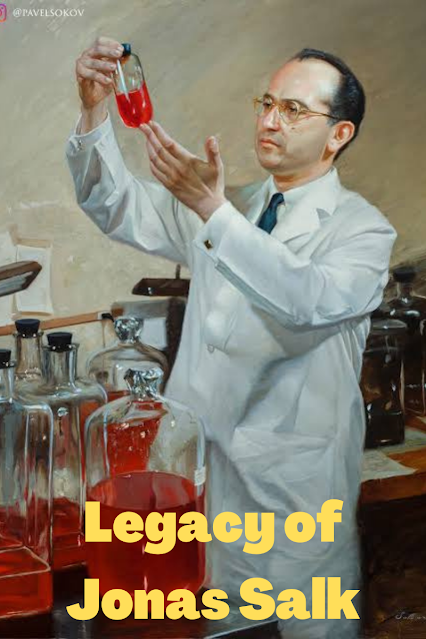Introduction Dario Tonelli’s The Skeptic’s Paradox is an ambitious and thought-provoking dive into one of humanity’s oldest and most frustrating philosophical questions: do we truly have free will, or is it all just an illusion created by the wiring of our brains? From the very first page, Tonelli makes it clear that his aim is not to solve the riddle once and for all, but to explore its depth with curiosity and honesty. In doing so, he crafts a book that feels as much like a philosophical conversation as it does a personal journey. The Skeptic’s Paradox The book opens with an engaging and relatable scene: a conversation between a professor and his student over dinner. The professor declares he has irrefutable proof that free will does not exist. As the stunned narrator tries to absorb this news, the waiter approaches to ask for an order, forcing an immediate confrontation between theory and lived experience. It is here that Tonelli introduces what he calls the “skeptic’s pa...
Introduction
Dr. Jonas Salk was a superhuman who developed a vaccine against the scariest disease of his times, generally called ‘Polio’. In the 1950s, summertime was a very tough time for parents in America filled with fear and anxiety. In this season, thousands of children got infected with a crippling disease known as Poliomyelitis, or Polio. After discovering a vaccine for this disease, Jonas Salk became world-famous overnight, but this discovery was the result of painstaking research for many years.Early Life
Jonas Edward Salk was born in a Russian-Jewish family on October 28, 1914, in New York City. His parents, Daniel and Dora Salk were Immigrants. He was the eldest of the three sons and was the first one in his family to attend college. He went to New York University School of Medicine in 1939 where he earned his medical degree and joined Mount Sinai Hospital as a scientist physician.Salk went to the University of Michigan in 1942 on a research fellowship to develop a vaccine for influenza. This virus that causes flu was then, recently discovered and Salk was interested in learning about the virus and if it could be deprived of its infection-causing ability, thus, giving immunity to this illness. Salk was successful in this attempt, which then became the basis of his polio research. He was soon promoted to the position of assistant professor of epidemiology and there, he again got in touch with his friend and mentor from NYU, Thomas Francis, Jr., head of the epidemiology department, who was his teacher of the methodology of vaccine development at Michigan’s new School of Public Health.
The Miraculous Discovery
Jonas Salk, then, in 1947, got appointed as the director of the Virus Research Laboratory at the University Of Pittsburgh School Of Medicine. There he began to develop a vaccine for the eradication of the Paralytic Poliomyelitis, the most horrifying disease of those times. This research was funded by the National Foundation for Infantile Paralysis currently known as the March of Dimes Birth Defects Foundation. Salk had faith in his vaccine despite many contradictory opinions of other famous scientists of those times. This vaccine contained 'killed' poliovirus which could immunize without the risk of infecting the patient. To test the efficiency of the vaccine, Salk administered it to himself along with his lab scientist, his family members including his wife, their children, and volunteers who did not have polio. None of them experienced any negative reaction and all of them developed Anti-Polio antibodies.National testing began in 1954, on one million children from age six to nine who were then called the Polio Pioneers. The results were announced almost one year later on April 12, 1955, which declared that the vaccine was completely safe and effective. In the time span of just two years, the average number of polio cases in the U.S. dropped from 45,000 to 910 by 1962.
The best part was that Jonas Salk never earned even a penny from his discovery, never patented the vaccine, and wanted to distribute it as widely as possible being a miracle worker. The President appreciated the young doctor for his work and said that Jonas Salk’s work was a perfect example of the ‘highest tradition of selfless and dedicated research’ and called him a ‘benefactor of mankind’.
Salk then founded the Salk Institute for Biological Studies in La Jolla in 1963. He was given the aid of a $20 million grant by the National Science Foundation and was supported by the March of Dimes.
Jonas Salk spent his last few years trying to develop a vaccine against AIDS. Such a legendary personality passed away at the age of 80, on June 23, 1995, in La Jolla, California.
Summary
Jonas Salk was a man of a very high commitment who did selfless work for humanity. He was a man of honour, intelligence, and great work ethic. At his institute, his life’s main philosophy is memorialized with his now-famous quote:“Hope lies in dreams, in imagination, and in the courage of those who dare to make dreams into reality."
He had a belief in his dreams and he dared to turn them into reality.


Comments
Post a Comment
Please do not add any spam link in the comment box